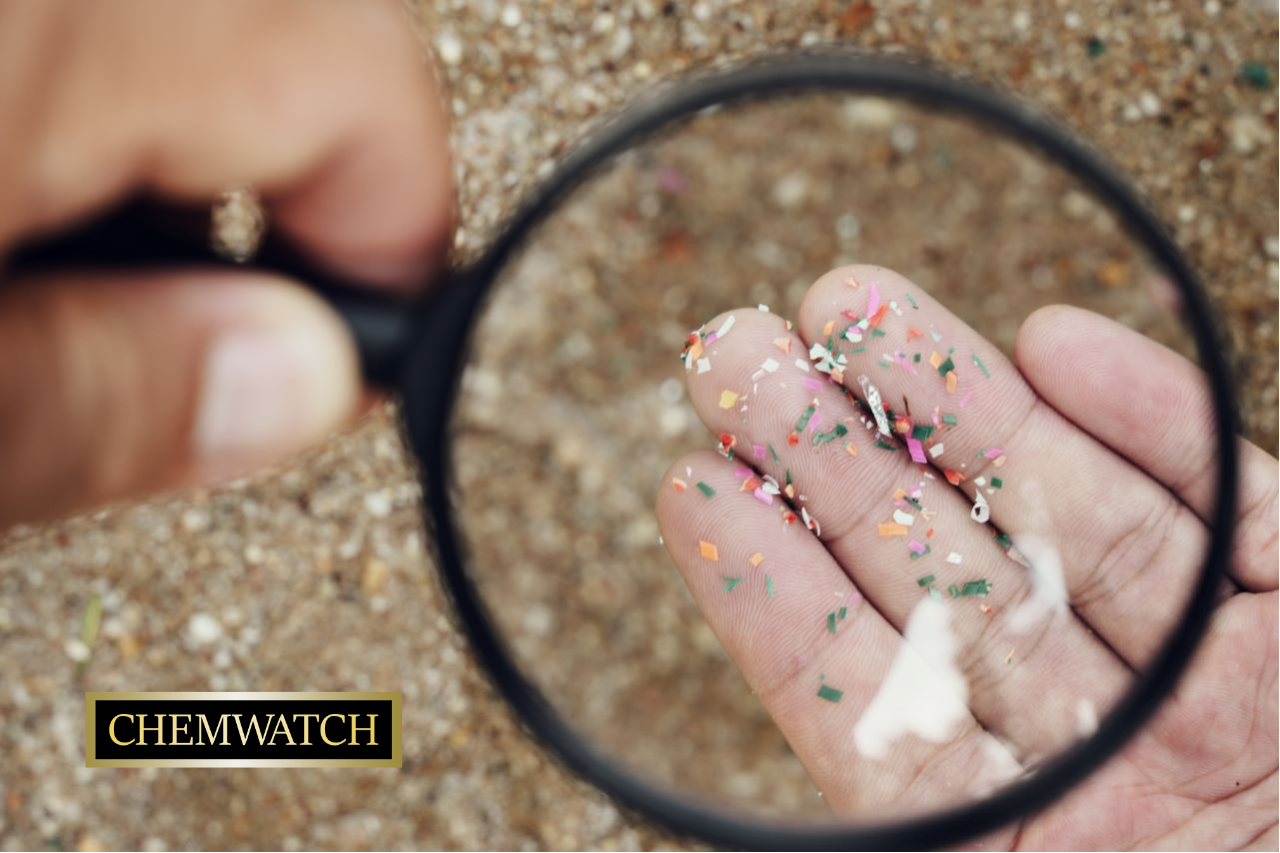
With plastic products consistently used in various goods on a global scale, it has become a pressing matter to mitigate the spread of these microplastics further. Such tiny plastic particles, smaller than 5mm in size, have thoroughly invaded the lives of multiple ecosystems, and the consequences of their presence are now becoming increasingly evident in human bodies. A great deal of research has found evidence of microplastics in human organs and tissues, thereby raising questions about potential health risks.

Microplastics are so pervasive that they have been detected in human tissues such as the liver, lungs, kidneys, and even in placental tissue.
Recent studies have confirmed that microplastics have entered the human body through various pathways, including ingestion, dermal exposure and inhalation, e.g. inhaling these small particles can potentially lead to respiratory diseases and cancer. According to Campanale et. al., microplastics are so pervasive that they have infiltrated the liver, kidneys, heart, entire nervous system and even the reproductive system. Not to mention, these human organs and tissues are now some of the most commonly affected ones by said particles. In one study, researchers from the University of Arizona found microplastics in all the human organs, including placental tissue, they examined, further emphasising the widespread contamination.
It is absolutely vital to narrow down the routes of microscopic contamination and exposure when developing effective management strategies for regulating microplastics in order to prevent the situation from getting worse. As per WebMD Health News research, microplastics permeated human bodies via the consumption of contaminated food and beverages, e.g., seafood, bottled water etc. In addition, these small particles are easily transferable from everyday products, including personal care items, clothing, and household goods, and then onto one’s skin which leads to dermal exposure.
As Dr Evangelos Danopoulos, a microplastics researcher, says, “Once the plastic waste is mismanaged and it enters the environment, there is very little we can do to extract it.” Having said that, it is essential to continue working towards minimising the exposure as much as possible.
Any health risks arising due to microplastic exposure are not yet fully understood by most and need further research for experts to establish a definitive link of causality. Nevertheless, there are many possibilities that warrant the attention of the masses on a global scale when analysing probable health implications that could occur, for example:
Discovering the infiltration of microplastics in the human body further emphasises the urgency of implementing more sustainable practices than ever before in order to curb such pervasive contamination. Moreover, now that microplastics significantly impact people’s health on a long-term and short-term scale, such permeating pollution cannot be ignored any longer.
Our chemical management software provides businesses and industries with the tools they need to track, analyse, and manage chemicals throughout their lifecycle. By integrating information about microplastics and associated chemical risks into the system, Chemwatch can empower companies to make informed decisions about their product choices, manufacturing processes, and waste disposal methods. Together, we can protect human health and the environment for generations to come.